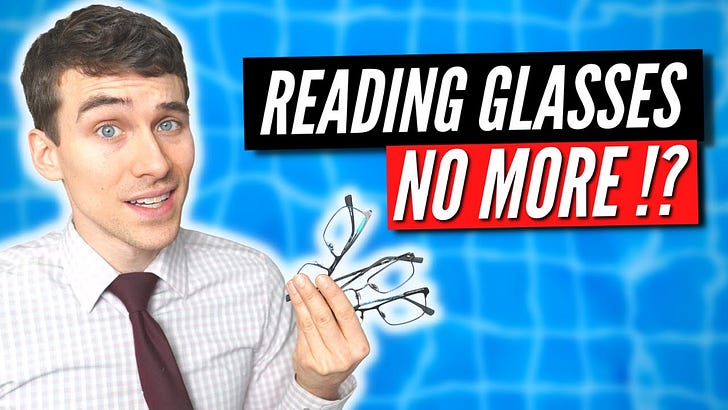Why did a tire company become the world's standard for haute cuisine?
Michelin assumed, correctly, that if more people traveled to eat out, they would replace their tires more often and increase the company's business over time.
They started out by awarding stars to restaurants back in 1900 and that became so popular, they had to appoint a series of 'inspectors' to assess food quality and see if standards were being maintained.
One would assume that gorging on great food all day long would be one of the most sought-after jobs in the world.
But most inspectors don't last beyond 5 years. The punishing schedule, the inevitable weight gain and the constant stress of assessing restaurants is not for the faint-hearted.
There are several articles about the Michelin star chefs, but practically none about the inspectors. That is probably by design.
The company did not want inspectors to be treated differently by the management, so as to get favourable reviews.
Michelin inspectors are solidly grounded in the science and the art of food. They have to pass rigorous tests to qualify.
And the initial assessments are done along with a senior inspector. But they aren't rich and could not afford to eat at these restaurants regularly, if they weren't on the job.
Their capacity to eat and distinguish between the balance of flavours, presentations and consistency is key.
A tire company setting the standards that chefs worldwide aspire to is an aberration. The recognition can make and break restaurants but another thought comes to mind.
We need to be told what our taste buds should feel!
Should business reporting be serious?
Every business has conventions.
To a large extent, they are also an extension of tried and tested ways of the category.
If you met a banker who cracked jokes every couple of minutes, you may enjoy the banter but somewhere at the back of your mind, a question arises. Does this guy take things seriously and should I be parking my money here?
In a recent post, I had touched upon how the news readers from a few generations ago were the strong silent types, who would only crack smiles with a greeting at the beginning and while signing off.
But with hundreds of news and business channels fighting for attention, how do channels differentiate?
Good analysis and articulation are essential but then, you switch channels because you're looking for more than just presentation skills.
And programs from John Oliver - This Week Tonight as well as John Stewart's The Daily Show now presented by Trevor Noah may be slotted as comedic takes on news but the viewership is massive.
That's probably promoting a rethink at business channels, apart from taking a stand on certain issues and leaning to the right or the left.
It does not bode well for the 'neutral' mode that business reporting is supposed to stay in.
Take a look at this Australian business reporter talking about the recent GameStop controversy.
It is by no means all charts and graphs but actually has elements of drama and innuendo.
Looks like the ratings game is forcing the hand of business channels and transforming the way business is reported.
Walk down a street from 1914
You'll experience the joy of a visual stroll down memory lane.
What's amazing about this set of black and white photographs is how the photographer captured them.
In Brooklyn, he shot a series to depict the street the way a person walking down the street would see it.
It's as if he knew that it would be a permanent record for posterity.
Back then, street photography had not been invented.
These photographs have been captured 50 meters apart. And the work involved in getting them would certainly have been stupendous.
Nothing was in auto mode.
He would have had to set up the tripod and expose the frame for the right amount of time to get it right.
And while some people would have been curious, most would not bother.
The shop signs, the clothes, the merchandising and the atmosphere make an unforgettable impression.
There is already a billboard up at a vantage point for Mobiloils.
In every era, advertising makes an appearance and establishes a beachhead.
Plastic had not been invented, so all the street signs are in metal and clamped to lamp posts or erected outside buildings.
Horse drawn carriages are parked along with some of the early automobiles - the transition phase.
Apart from shops selling cutlery, there's even an elevated train track.
But traffic jams were still a few decades away, thankfully.
It's a series where you can spend a lot of time poring over the little details.
Take a walk with your mouse!
Every week, I'll plant a few ideas in your mind on branding, behavior and markets. Triggers for your thoughts. Spread the word to your friends. All you have to do is click the link and enter an email address.













Share this post